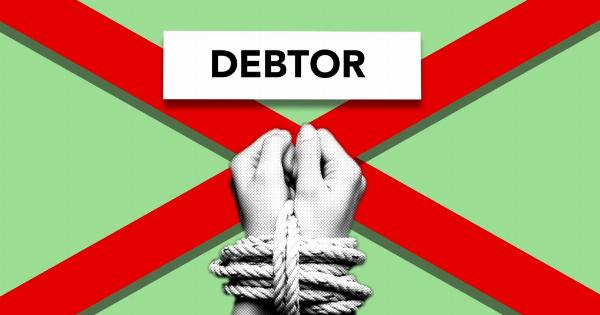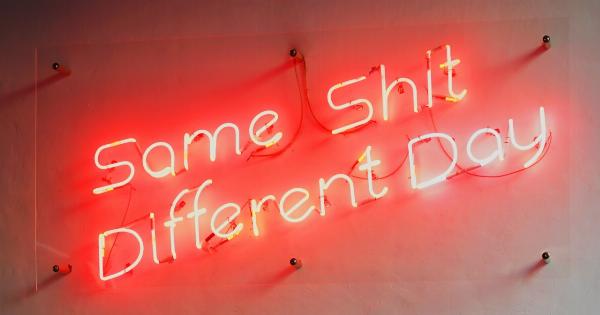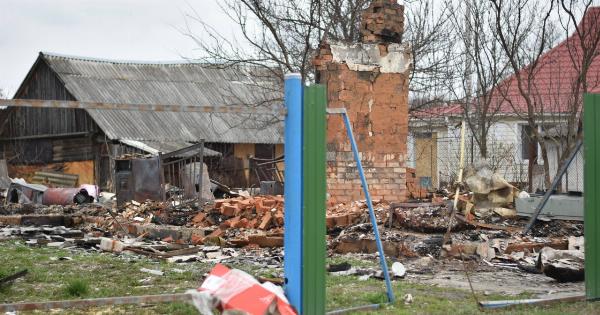In 2008, the world was hit with one of the worst financial crises since the Great Depression. This global economic downturn left many people struggling to make ends meet, while others suffered severe financial losses.
The literary world was not immune to this crisis and its effects can be felt in both the works that were written during that time and those that came after.
The Rise of Economic Literature
One of the most significant literary effects of the financial crisis was the rise of economic literature.
Many writers turned their attention toward the events that were unfolding and began to explore the impact of the crisis on individuals and society as a whole.
Some notable examples of works in this genre include “The Big Short” by Michael Lewis, “Too Big to Fail” by Andrew Ross Sorkin, and “Boomerang” by Michael Lewis.
These books provide an in-depth look at the causes and consequences of the financial crisis and its impact on global economies.
The Portrayal of the American Dream
The American Dream, which is the idea that anyone can achieve success and prosperity through hard work and dedication, has long been a central theme in American literature.
However, the financial crisis brought to light the flaws in this ideal and its impact on society.
Many authors began to question the validity of the American Dream, and some even argued that it was dead.
Works such as “The Corrections” by Jonathan Franzen and “Freedom” by Jonathan Franzen explore the disillusionment that many Americans felt during the financial crisis and examine the impact of the economic downturn on their lives and families.
The Rise of Dystopian Fiction
The financial crisis had a significant impact on society and led to a rise in dystopian and post-apocalyptic literature.
These works often explore the worst-case scenarios that could result from economic collapse and offer readers a glimpse into a world where resources are scarce and life is a constant struggle.
Examples of this genre include “The Hunger Games” by Suzanne Collins, “The Road” by Cormac McCarthy, and “Station Eleven” by Emily St. John Mandel.
These works provide readers with a vision of a world that is vastly different from the one they know and explore themes of survival, resilience, and human nature.
The Rise of Memoir and Personal Narrative
The financial crisis had a significant impact on individuals and families, and many people turned to writing as a way to process their experiences.
This led to a rise in memoir and personal narrative literature, which provided readers with a personal and often emotional account of the crisis.
Examples of this genre include “The Year of Magical Thinking” by Joan Didion, “The Glass Castle” by Jeannette Walls, and “Wild” by Cheryl Strayed.
These works provide readers with a unique perspective on the financial crisis and offer insight into the personal struggles that many people faced during that time.
The Impact on Publishing
The financial crisis also had a significant impact on the publishing industry. Many publishers were forced to cut back on their budgets, resulting in fewer books being published and a reduction in the number of advances being offered to authors.
Additionally, the crisis led to a decline in book sales as people cut back on their discretionary spending. This, in turn, led to a decrease in the number of bookstores and publishers, and made it harder for authors to break into the industry.
The Future of Literature
Although the financial crisis had a significant impact on the literary world, it also paved the way for new and innovative writing.
Many authors turned to self-publishing and online platforms to get their work out to readers, and new genres such as social justice fiction and climate fiction began to emerge.
As the world continues to grapple with the long-term effects of the financial crisis, it is likely that its impact on literature will continue to be felt for years to come.




























